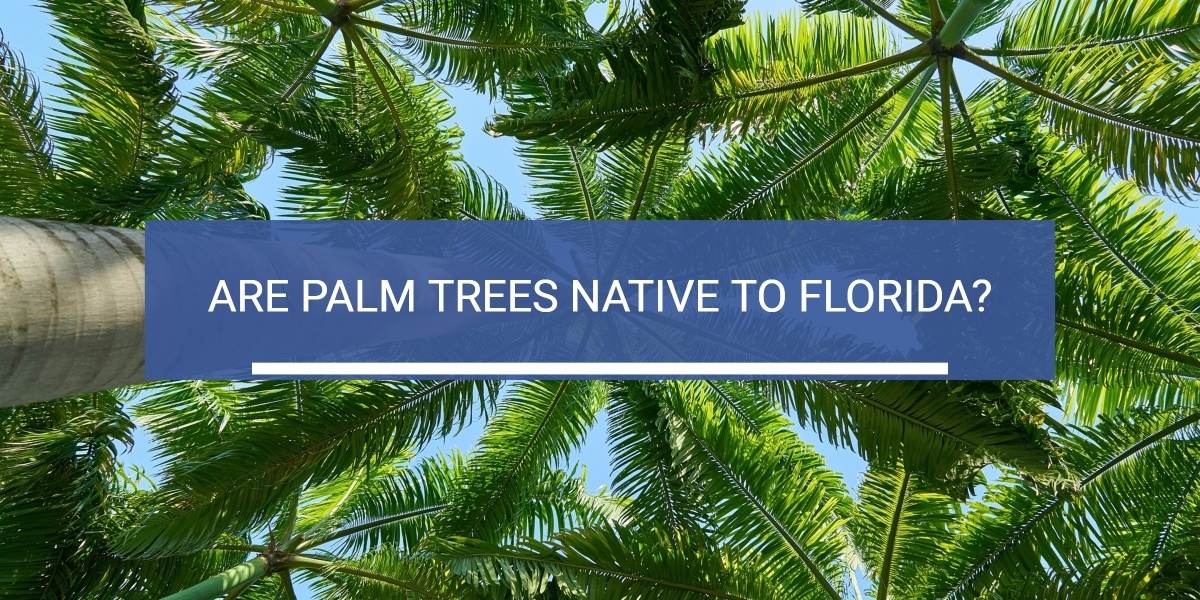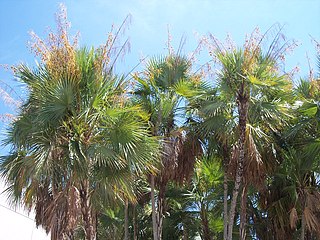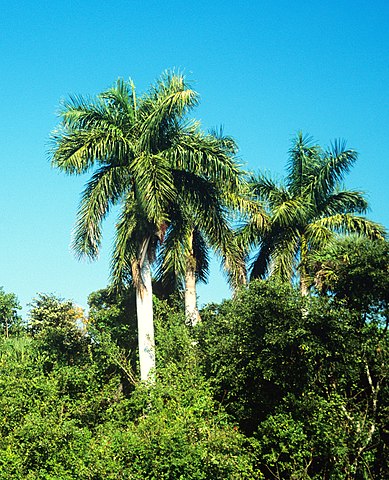
18 Dec Are Palm Trees Native to Florida?
The sunshine state, the orange state, the alligator state – there are many different things that Florida is known for. People travel from all over the world to take advantage of our beautiful scenery and the 300+ sunny days that we experience annually. While there are many different ways to describe our amazing state, one of the most recognizable is the abundance of palm trees.
Despite the strong association of palm trees to Florida, there is one question that most people take for granted: are palm trees native to Florida? To answer this question accurately, there is some information that you will need to know about Florida and its history.
Non-Native Palm Trees
Florida is the perfect environment for the palm tree. With its warm climate and abundant rainfall, the palm tree fits right in and is a beautiful part of this perfect background. However, even though palm trees help make Florida a tropical paradise, many of the palm trees that people see in Florida are really not native at all.
Instead, according to Florida ecologists, only 12 palm tree species are actually native to Florida. Therefore, the majority of the palm trees that people see each year are not from this area. In fact, most of Florida’s palm trees have been imported from other places like South America and Asia. For instance, while most people may attribute the coconut palm tree to Florida, this is not part of its original history. Based on research that has been done over the years, this species comes from the coast of India, while other groups come from Southeast Asia. Also, according to research, the coconut palm made its way to Florida through settlers who were en-route from Cuba to Spain. After being stranded in Florida, however, the coconut palm was simply planted around the homes of these settlers.
Native Palm Trees
If you want to know more about the native palm trees in Florida, here are a few of the more notable native Florida palm trees, along with a description of each that was prepared by Stephen Brown of Lee County Extension Horticulture.
Buccaneer Palm Tree

The Buccaneer Palm, aka Pseudophoenix sargentii, aka Florida cherry palm By Nolege (Own work) [CC BY-SA 3.0 (https://creativecommons.org/licenses/by-sa/3.0)], via Wikimedia Commons
Paurotis Palm Tree

The Paurotis Palm, aka Acoelorrhaphe wrightii, aka Everglades palm and Madeira palm By Mmcknight4 (Own work) [GFDL (http://www.gnu.org/copyleft/fdl.html) or CC BY-SA 3.0 (https://creativecommons.org/licenses/by-sa/3.0)], via Wikimedia Commons
The Royal Palm Tree

The Royal Palm, aka Roystonea regia, also known as the Cuban royal palm
The royal palm can be described as a tree that has feather-like leaves. These leaves tend to grow about 10 to 12 feet in length. As these palm trees age, they have a distinct look. For instance, the youngest parts of its trunks look like ringed leaf scars and the older part of the royal palm tree gives the appearance of a cement color. Because of the extended height of this palm tree, severe storms tend to leave the palm but cut off its crown.




Sorry, the comment form is closed at this time.